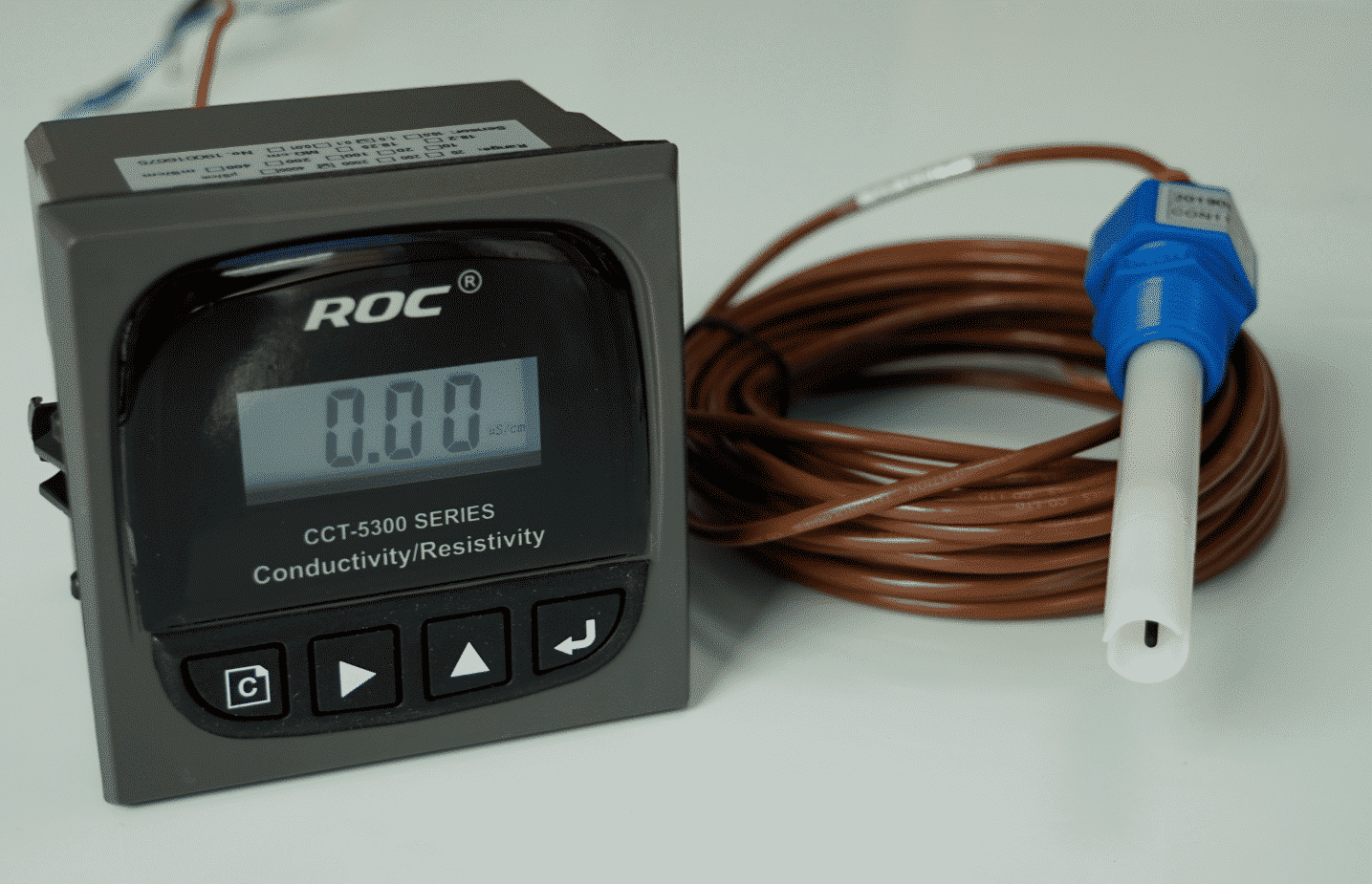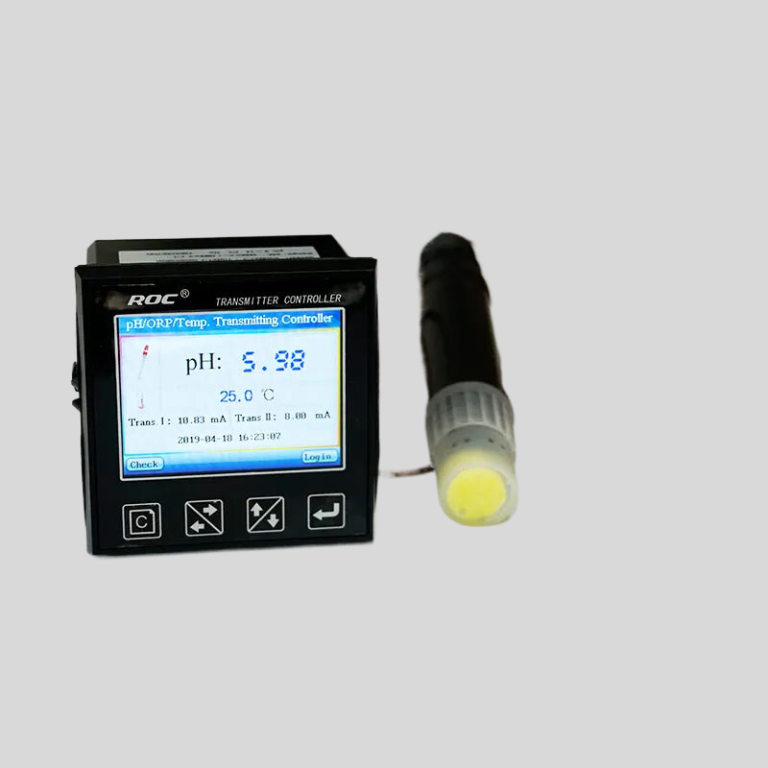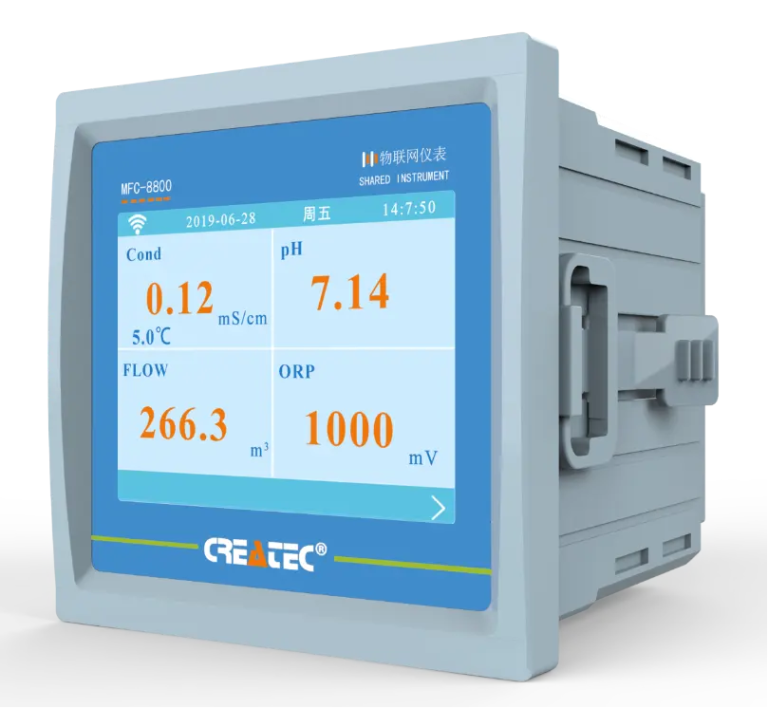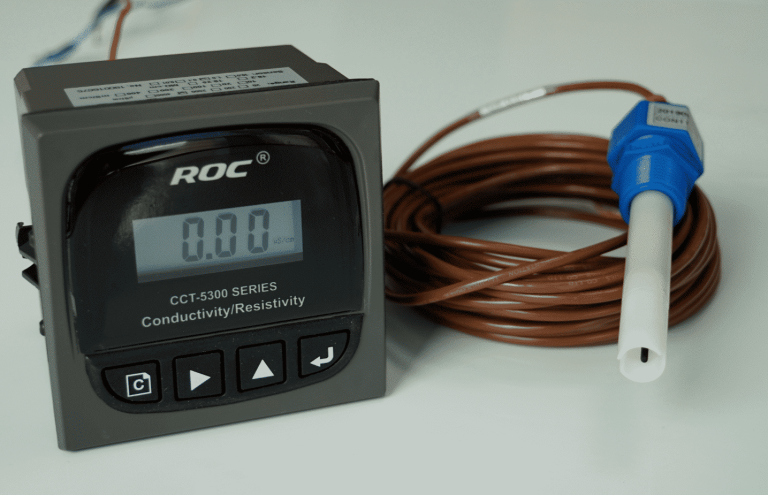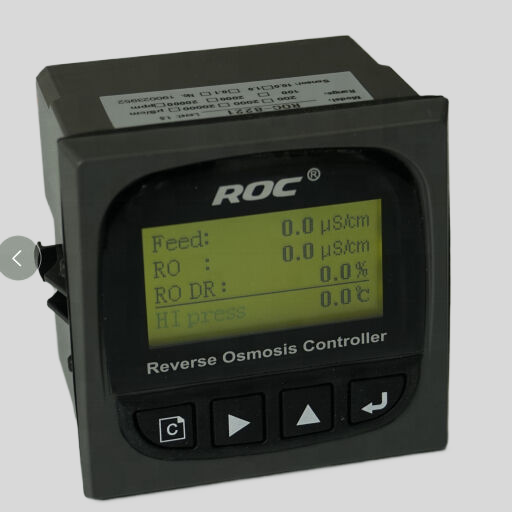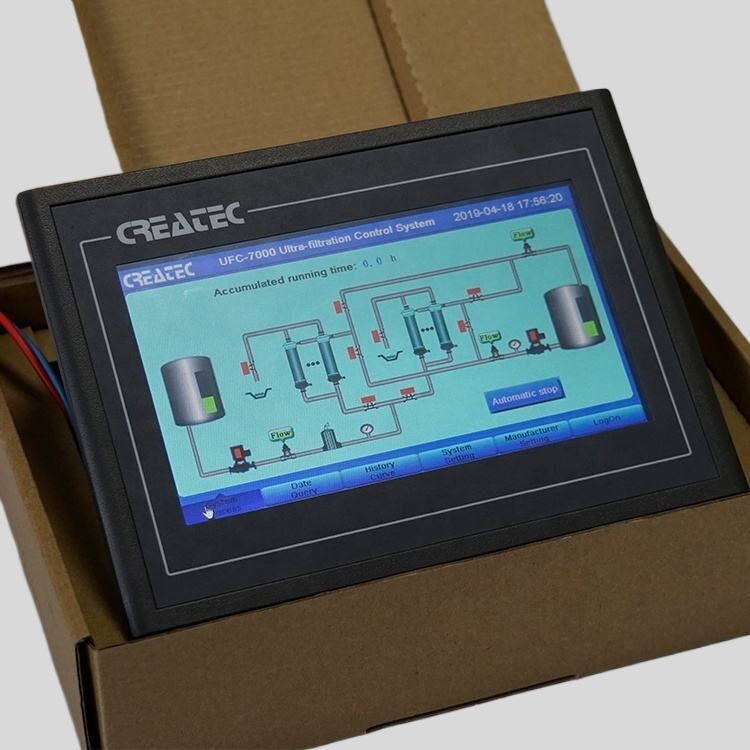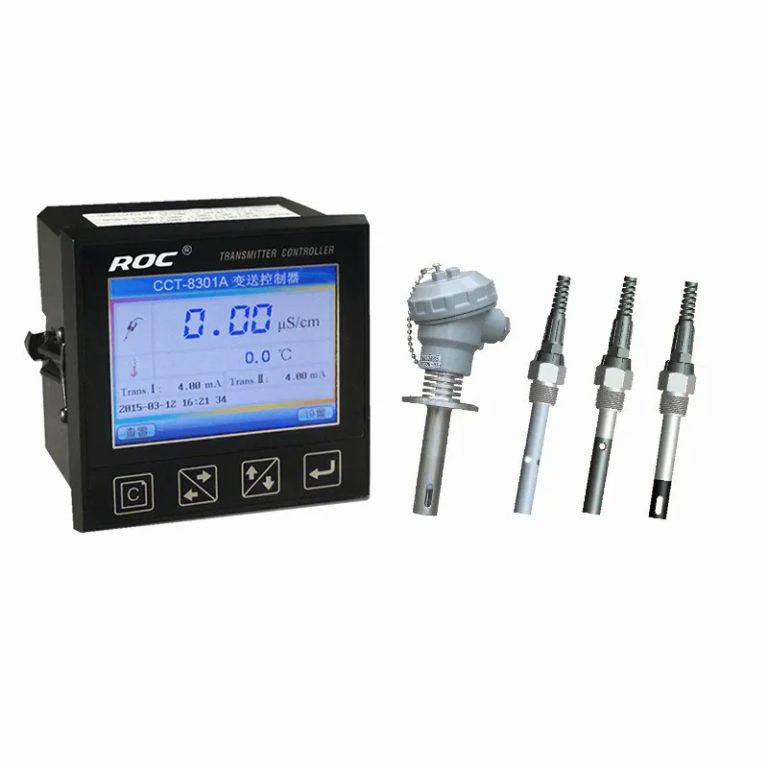Table of Contents
Understanding the Importance of TDS Levels in Water Quality
Total Dissolved Solids (TDS) are a crucial aspect of water quality that can have a significant impact on our health and the environment. TDS refers to the total amount of dissolved substances in water, including minerals, salts, metals, and other organic and inorganic compounds. These substances can come from natural sources such as rocks and soil, as well as human activities like agriculture, industry, and urban runoff.
One of the most common ways to measure TDS levels in water is by using a TDS Meter. This handheld device provides a numerical value that indicates the concentration of dissolved solids in the water. But what do these numbers actually mean, and why are they important?
The numbers on a TDS Meter represent the amount of dissolved solids in parts per million (ppm) or milligrams per liter (mg/L) of water. Generally, the higher the TDS reading, the more dissolved solids are present in the water. This can indicate a variety of things, such as high mineral content, pollution, or contamination.
High TDS levels can affect the taste, odor, and appearance of water. Water with high TDS may taste salty, metallic, or bitter, and can leave a residue or film on surfaces. It can also impact the effectiveness of soaps and detergents, as well as the performance of appliances like water heaters and coffee makers.
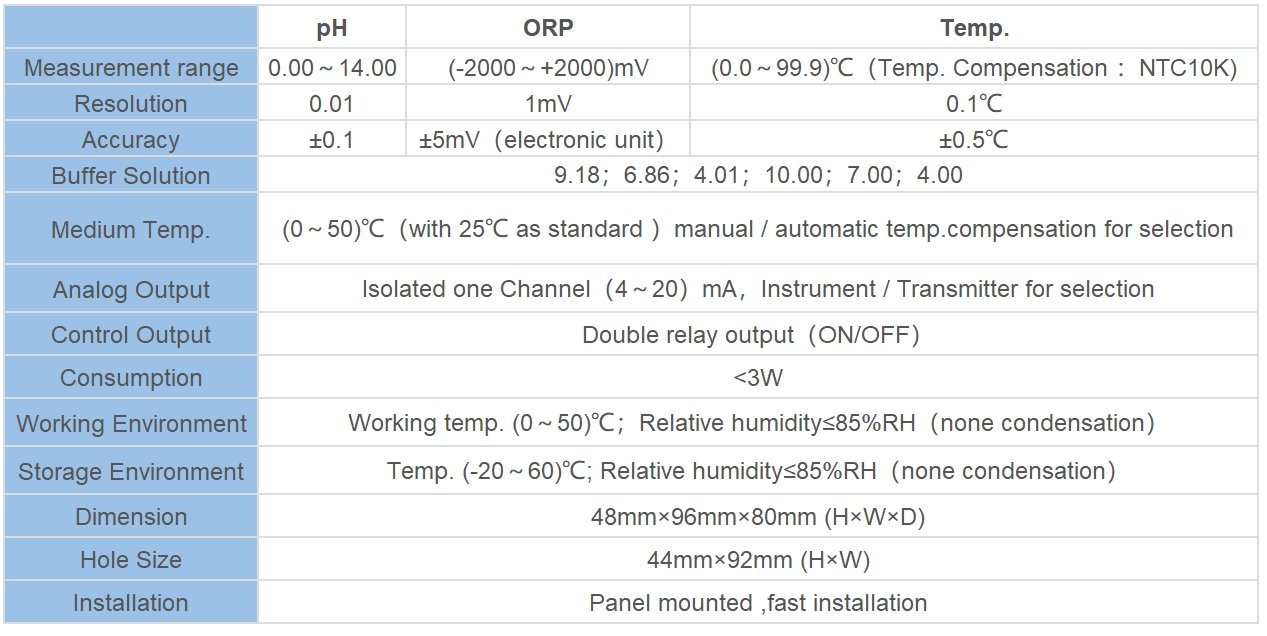
In terms of health, high TDS levels can be a concern as they may indicate the presence of harmful contaminants such as lead, arsenic, or pesticides. These substances can have serious health effects, including gastrointestinal issues, neurological disorders, and even cancer. Therefore, it is crucial to monitor TDS levels in drinking water to ensure it is safe for consumption.
On the other hand, low TDS levels can also be a cause for concern. Water with very low TDS may lack essential minerals like calcium and magnesium, which are important for our health. This can lead to mineral deficiencies and potential health problems. Additionally, water with low TDS may be more corrosive, causing damage to pipes and plumbing fixtures.
Understanding the numbers on a TDS Meter is essential for maintaining water quality and ensuring the safety of our drinking water. By regularly testing TDS levels, we can identify any potential issues and take appropriate measures to address them. This may involve installing water treatment systems, using filtration devices, or making changes to our water source.
| ROS-2210 Double-Stage Reverse Osmosis Program Controller | |
| 1.water source water tank without water protection | |
| 2. Pure tank low level | |
| 3.Pure tank high level | |
| Acquisition signal | 4.low pressure protection |
| 5.high pressure protection | |
| 6.pretreatment regeneration | |
| 7.manual/automatic control | |
| 1.water inlet valve | |
| 2. flush valve | |
| Output control | 3. low pressure pump |
| 4.high pressure pump | |
| 5.conductivity over standard valve | |
| Measuring range | 0~2000uS |
| Temperature range | Based on 25℃, automatic temperature compensation |
| AC220v±10% 50/60Hz | |
| Power supply | AC110v±10% 50/60Hz |
| DC24v±10% | |
| Medium temperature | The normal temperature electrode<60℃ |
| High temperature electrode<120℃ | |
| Control output | 5A/250V AC |
| Relative humidity | ≤85% |
| Ambient temperature | 0~50℃ |
| Hole Size | 92*92mm(high*wide) |
| Installation method | The embedded |
| Cell constant | 1.0cm-¹*2 |
| Display usage | Digital display: conductivity value/temperature value; Supporting RO process flow chart |
| 1.Electrode constant and type setting | |
| 2.Conductivity overrun setting | |
| 3.Flush Settings at intervals of * hours | |
| Main function | 4.Flushing time setting |
| 5.RO membrane running time setting | |
| 6.Power on automatic operation/stop setting | |
| 7.Mailing address, baud rate setting | |
| 8.Optional RS-485 communication interface | |
In conclusion, the numbers on a TDS Meter provide valuable information about the quality of our water. By interpreting these numbers correctly, we can make informed decisions about how to protect our health and the environment. Monitoring TDS levels is a simple yet effective way to ensure that our water is safe, clean, and free from harmful contaminants.
Interpreting TDS Meter Readings for Safe Drinking Water
Total Dissolved Solids (TDS) meters are essential tools for monitoring the quality of drinking water. These devices measure the concentration of dissolved minerals and salts in water, providing valuable information about its purity. Understanding the numbers displayed on a TDS Meter is crucial for ensuring that your drinking water is safe and healthy.
When using a TDS Meter, it is important to know what the numbers mean. TDS is typically measured in parts per million (ppm), which indicates the number of milligrams of dissolved solids per liter of water. The higher the TDS reading, the greater the concentration of dissolved solids in the water. While some minerals are beneficial for health, excessively high TDS levels can indicate contamination or poor water quality.
| Model | CIT-8800 Inductive Conductivity/Concentration Oline Controller |
| Concentration | 1.NaOH:(0~15)% or(25~50)%; 2.HNO3:(0~25)% or(36~82)%; 3.User-defined concentration curves |
| Conductivity | (500~2,000,000)uS/cm |
| TDS | (250~1,000,000)ppm |
| Temp. | (0~120)°C |
| Resolution | Conductivity: 0.01uS/cm; Concentration: 0.01%; TDS:0.01ppm, Temp.: 0.1℃ |
| Accuracy | Conductivity: (500~1000)uS/cm +/-10uS/cm; (1~2000)mS/cm+/-1.0% |
| TDS: 1.5 level, Temp.: +/-0.5℃ | |
| Temp. compensation | Range: (0~120)°C; element: Pt1000 |
| Communication port | RS485.Modbus RTU protocol |
| Analog output | Two channels isolated/ transportable (4-20)mA, Instrument / Transmitter for selection |
| Control Output | Triple channels semiconductor photoelectric switch, Programmable Switch, pulse and frequency |
| Working Environment | Temp.(0~50)℃; relative humidity <95%RH (non-condensing) |
| Storage Environment | Temp.(-20~60)℃;Relative Humidity ≤85%RH (none condensation) |
| Power Supply | DC 24V+15% |
| Protection Level | IP65 (with rear cover) |
| Dimension | 96mmx96mmx94mm(HxWxD) |
| Hole Size | 9lmmx91mm(HxW) |
A TDS reading below 50 ppm is considered very low and may indicate that the water is lacking essential minerals. While this is not necessarily harmful, it is important to ensure that you are getting adequate nutrients from other sources. Water with a TDS reading between 50-100 ppm is generally considered acceptable for drinking, as it contains a moderate amount of minerals.
TDS levels between 100-300 ppm are still within the safe range for drinking water. This range is common in most tap water sources and is generally considered healthy for consumption. However, it is important to note that the taste of water may vary depending on the mineral content.
TDS readings between 300-500 ppm may indicate that the water is hard, meaning it contains high levels of calcium and magnesium. While hard water is not harmful to health, it can cause mineral buildup in pipes and appliances. Water with TDS levels above 500 ppm is considered very hard and may have a noticeable taste or odor. In some cases, water softening systems may be necessary to improve the quality of the water.
If the TDS reading exceeds 1000 ppm, it is important to investigate the source of the water and consider using a water filtration system. High TDS levels can indicate contamination from pollutants or chemicals, which can pose health risks if consumed. It is recommended to test the water regularly and take appropriate measures to ensure its safety.
In addition to TDS levels, it is also important to consider other factors when interpreting TDS Meter readings. pH levels, temperature, and the presence of specific contaminants can all impact the overall quality of drinking water. By monitoring these factors in conjunction with TDS levels, you can ensure that your water is safe and healthy for consumption.
In conclusion, understanding the numbers on a TDS Meter is essential for maintaining safe drinking water. By interpreting TDS readings and taking appropriate measures to address any issues, you can ensure that your water is free from contaminants and suitable for consumption. Regular testing and monitoring are key to ensuring the quality of your drinking water and protecting your health.
